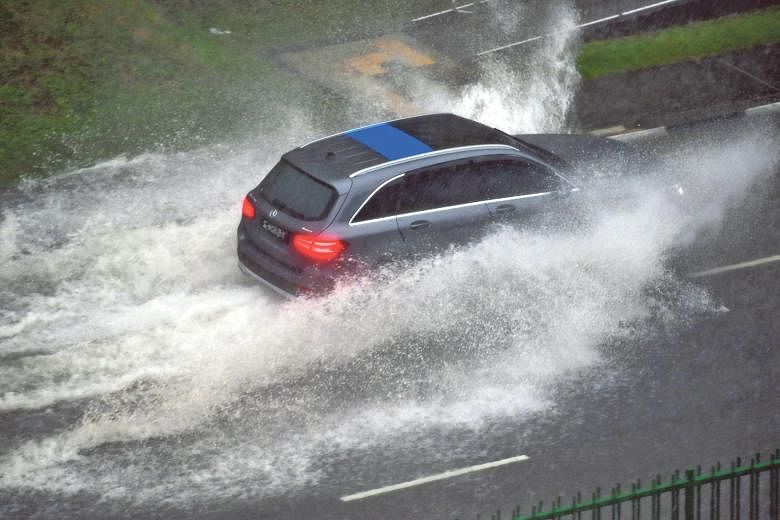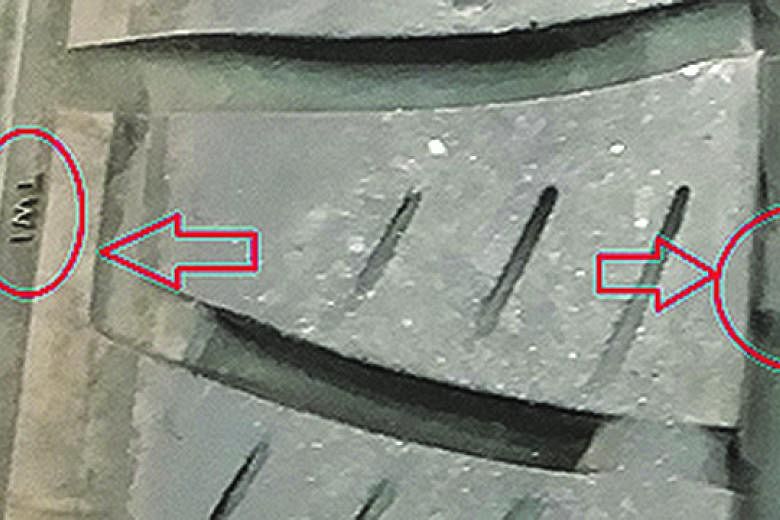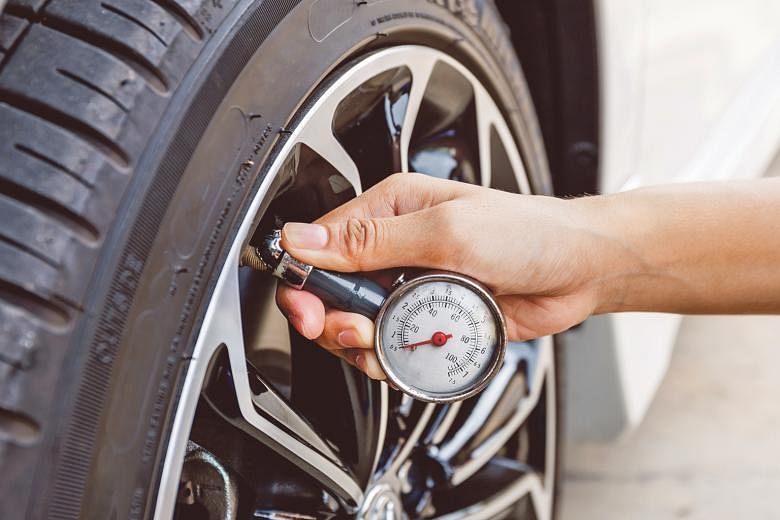Why won't my car start?
Here are a few possible reasons:
• Battery is weak.
Remedy: Replace the battery.
• Faulty starter motor.
Remedy: Replace starter motor.
• Faulty fuel pump.
Remedy: Replace fuel pump.
• Faulty anti-theft system.
Remedy: Troubleshoot the anti-theft system.
• Faulty engine control unit.
Remedy: Troubleshoot the control unit and either re-code or replace it.
- Mr Amos Mok, general manager, Juzz For Cars
What do these car warning signals mean?
Battery alert
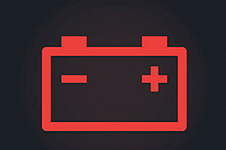
This indicates that no charging is taking place in the car battery system.
Stop your vehicle as soon as possible and seek help. Switch off the lights and air-conditioning to prevent the battery from draining out completely, which will result in the engine stalling.
Engine warning
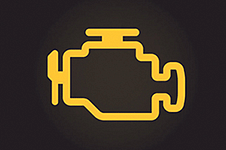
This indicates that there is a fault in the engine system, possibly with the various sensors or control units. You should have it checked by a qualified mechanic as soon as possible.
Oil pressure warning
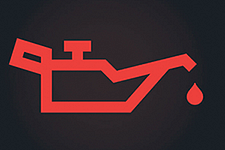
This usually indicates that the oil level is low, but it can also be due to a faulty oil-level sensor. Check the oil level and top it up to the required amount if necessary. Never overfill.
- Mr Amos Mok, general manager, Juzz For Cars
How do I know when it is time to get my tyres changed?
Indicators such as mileage travelled, duration of use, condition and manufacturer markings are used to determine when it is time for a tyre change.
"Most tyres these days last 40,000km on average, so you should replace your tyres if you have clocked this distance," says Mr Ler Hwee Tiong, co-founder of online tyre retailing portal Tyrepac.
"If you have not travelled this distance but your tyres have been on the road for about three years, we recommend that you get a new set," he says, explaining that tyres are made primarily of natural and synthetic rubber, which oxidise and harden when subjected to rain and sun, dramatically reducing their performance.
To check the wear on your tyres, look at the Tread Wear Indicator (TWI) marked on multiple spots on the shoulder of your tyres.
The TWI protrudes 1.6mm from a completely bald tyre and it must be replaced when the wear reaches this mark, says Mr Ler.
Regardless of these indicators, if your tyres show signs of damage, you should get them changed.
What can I do to prevent my tyres from wearing out prematurely?
"We cannot over-emphasise the importance of proper tyre inflation when it comes to prolonging tyre life," says Mr Ler.
Under-inflated tyres do not just wear out dramatically quicker, they also result in higher fuel consumption due to the increase in surface contact area with the road, which produces more friction.
A tip from Mr Ler: "Never rely on the naked eye when determining tyre pressure. Always check using a gauge. This is because the difference between a properly and a poorly inflated tyre is visually imperceptible."
The front tyres of a vehicle usually wear out faster than the rear due to greater frictional stresses arising from turning, acceleration and braking.
"We recommend that tyres be rotated once every 10,000km to even out the wear rate," says Mr Ler.
What should I do when driving through a flood?
If there is no way to avoid driving through a flood, your best bet is to approach at snail's pace.
Engage the first gear, keeping the revs up to avoid water entering the exhaust pipe.
If possible, drive on the crown of the road where it is at its highest.
Beware of kerbs that are submerged and cannot be seen.
Avoid moving water, as just 30cm of moving water may be sufficient to float your vehicle or even sweep it away.
Stopping your car within the flooded area may risk engine damage, so it may be wise to let the driver ahead of you clear the flood zone before proceeding, to prevent getting stuck behind him.
Does higher octane petrol give me better mileage?
Higher octane fuels usually have a higher energy content that can translate into a small improvement in fuel economy in all vehicles, according to Mr Philip Chee, Chevron's fuel specialist.
It is also useful to consider what else you are getting with your petrol grade selection.
"While most fuel brands offer their own unique additive package, look out for those that not only help to keep fuel systems and engines clean, but also improve fuel economy by reducing unwanted friction in the engine," says Mr Chee.
He advises following the octane rating recommended for your car engine to ensure optimum performance.
"When in doubt, use a higher grade," he says.
Bear in mind, however, that fuel efficiency is also dependent on other factors such as driving habits, tyre pressure and traffic conditions.
What will happen if I switch off the ignition while the car is in motion and engaged in gear?
"Never attempt this under any circumstances because you will not have any control over your car," cautions Mr Amos Mok, general manager of service hub Juzz For Cars.
The brakes will be ineffective as the vacuum assistance for the braking system will be shut down.
You will lose power steering because the hydraulic pump that is driven by the engine or electric steering will cease to work.
Additionally, all other electronics will cease to function and automatic transmissions may be damaged as the hydraulic pump within the transmission will stop running and no lubrication will circulate to the gears.
